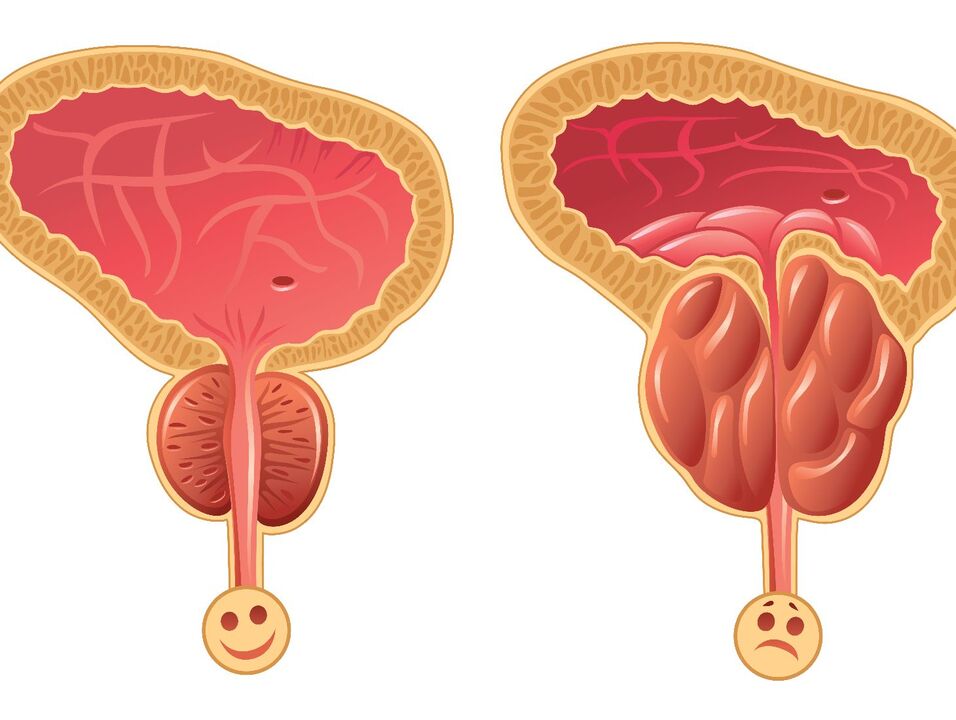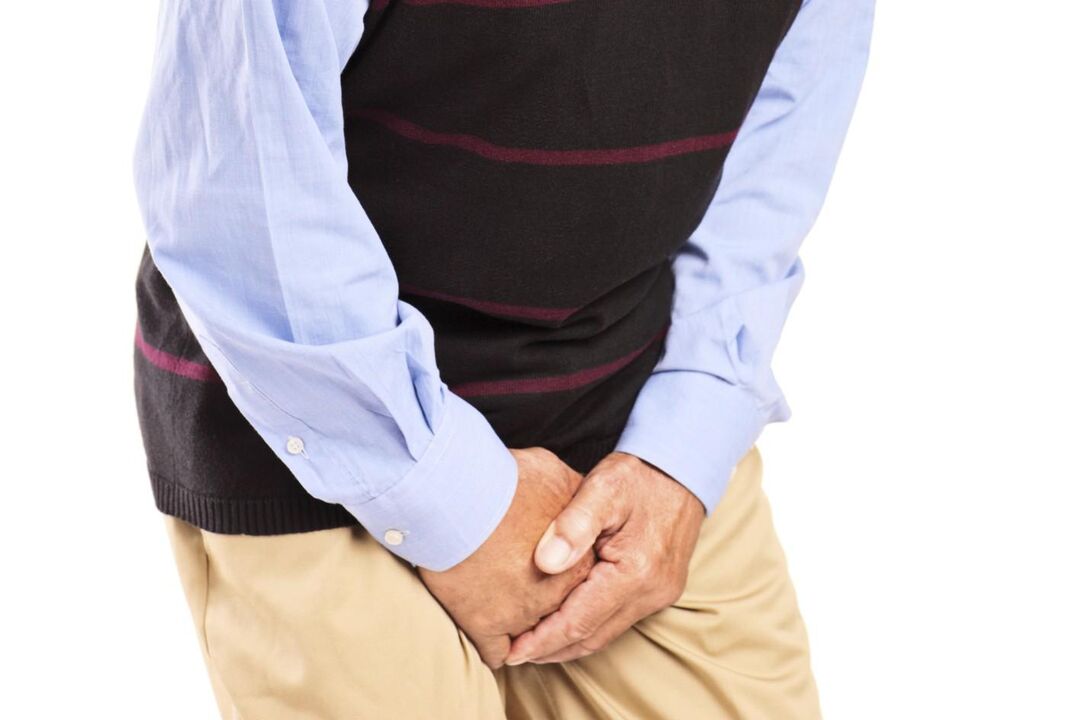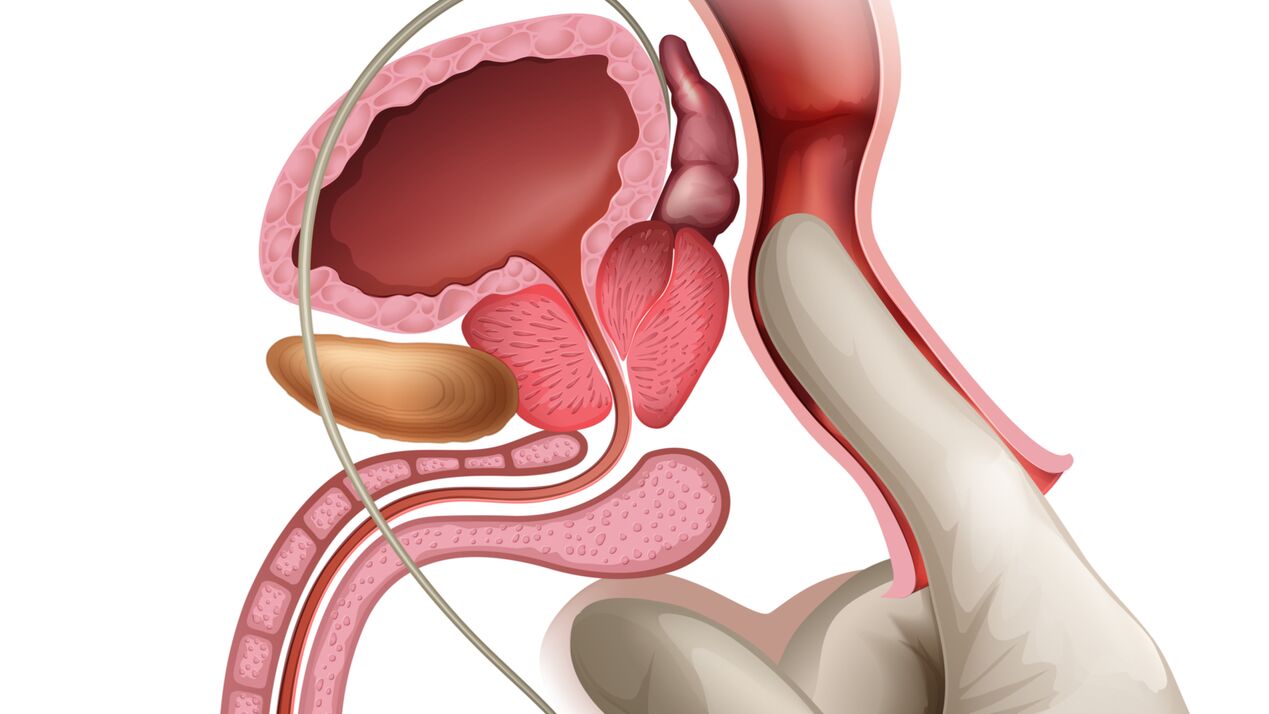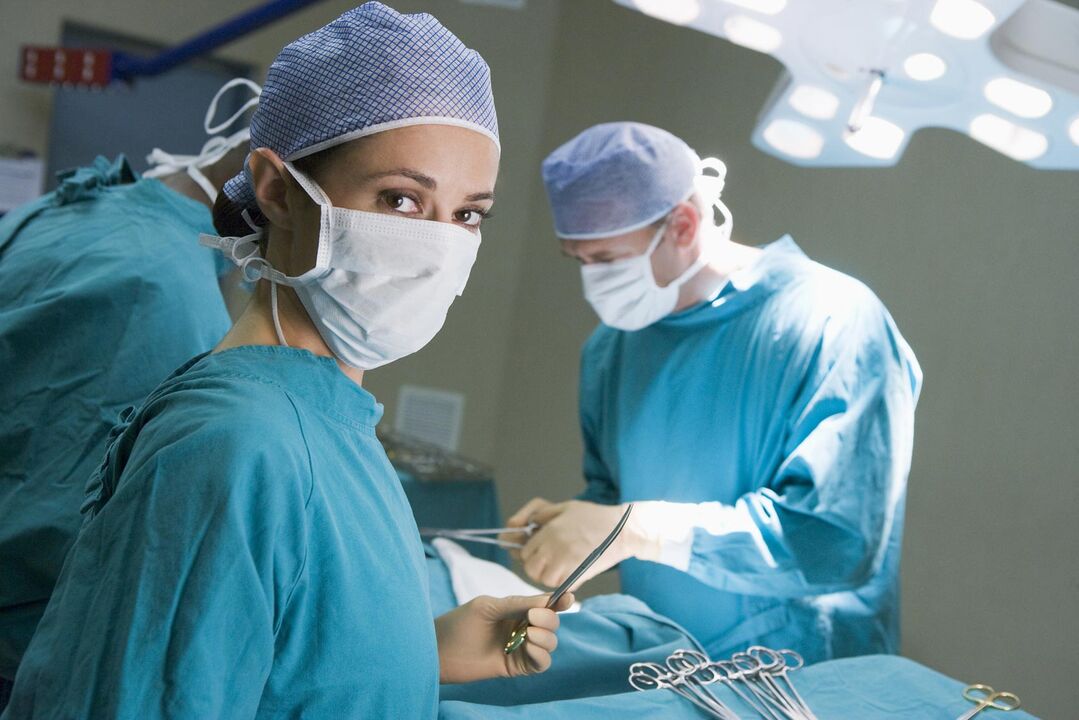Causes of congestive prostatitis

- Contagious acute and/or chronic diseases. The infection enters the prostate through the urethra, rectum, or lymphatic vessels;
- Hormonal imbalances in the patient’s body;
- Increased sexual activity leading to sexual exhaustion;
- In vitro ejaculation exercises;
- Sexual arousal does not reach ejaculation;
- Prolonging sexual intercourse and prolonging and "suppressing" ejaculation;
- Inadequate emptying of the prostate;
- A sedentary lifestyle leads to poor circulation in the pelvic organs;
- Varicose veins in the pelvic organs;
- Injury or damage to pelvic organs.
- vein.Similar stagnation can occur in men if there are pathological changes in the venous system. For example, varicose veins of the lower limbs: the veins dilate and blood accumulates in the pelvic organ system, causing the phenomenon to transition to the prostate and causing the development of pathology.
- Congestion.The disease is characterized by incomplete emptying of the glands, leading to an exacerbation of the inflammatory process - more common in mature men.
- cognitive prostatitis– Pathologies with hidden symptoms that are dangerous due to their complications. Stagnation leads to irreversible consequences of the glandular organ - detachment of the epithelial layer of the tissue.
- Chronic congestive prostatitis.It occurs due to factors such as irregular sexual life, frequent masturbation, and sedentary lifestyle. The main symptom is semen coming out in the form of clots. The prostate increases in size, which is dangerous because more complex lesions may develop.
- Contagious.It occurs due to infection of the genitourinary system in the course of congestive pathology, which aggravates the inflammatory process and worsens the patient's general condition.
important!Only a specialist can identify the type and form of pathology. Treating congestive inflammation of the prostate on your own without consulting your doctor is dangerous and should only be done in the early stages of the disease.
Symptoms of congestive prostatitis

- Pain in the groin, replaced by burning and aching after prolonged walking or standing;
- The pain radiates to the sacrum area and inner thigh;
- Decreased libido;
- Sensation of incomplete emptying of the prostate – incomplete orgasm;
- Poor erection;
- pain during urination;
- Nocturnal urinary behavior is characterized by small or intermittent urination;
- Severe stabbing pain in groin radiating to anal area;
- Deterioration of general health: weakness, fatigue, absentmindedness.
important!The most dangerous symptom is stopping urinating. Patients should seek immediate medical attention if they experience similar symptoms, regardless of whether symptoms are worsened by painful symptoms or other signs of prostate stasis.
Diagnosis of congestive prostatitis

- Palpation and rectal examination to assess the status of prostate and rectal hemorrhoids;
- blood and urine tests;
- Analysis of prostate secretions to determine resistance to groups of drugs;
- ultrasound;
- In special cases, CT scans and genitourinary examinations are performed - this allows us to clarify the cause of the pathology.
Treatment of congestive prostatitis
drug
important!Medication is only prescribed by a specialist. Self-administration of medications is prohibited. Herbal medicines are also contraindicated in patients without a clear diagnosis. Choosing the wrong compound in the early stage of congestive prostatitis is ineffective and will worsen the condition later..
Physical therapy and its role in effective treatment

- Normalization of blood circulation in the pelvic organs;
- Get rid of negative symptoms;
- Restore normal function of the prostate;
- Improve male sexual performance;
- Prevent congestion.
- Prostate Massage.One of the effective ways to treat congestive prostatitis. By improving blood circulation, massage completely eliminates congestion, improves muscle tone and diaphragm, enhances the effect of medications and normalizes prostate duct function. Contraindications: Incomplete bladder emptying, organ cancer, cysts, prostate stones.
- Exercises designed to strengthen and relax pelvic floor musclesIs an "at home" treatment option that shows desirable results. A special set of exercises that are simple to perform, such as: squeezing and releasing the anal muscles, but at the same time very effective, will allow you to completely get rid of congestive prostatitis and never experience the threat of pathology again.
- Neuromodulator (Neuromodulator) Treatmentis a method of electrical current therapy designed to eliminate pain syndromes. It is performed in a variety of ways, the most popular of which is by stimulating nerve endings in the spinal cord. Percutaneous exposure provides good results, but this treatment has contraindications and needs to be treated on an individual basis.
- Acupuncture massage or acupuncture- A good and effective method that involves the introduction of special needles into strictly defined points in the body. Goal: Activate the recovery process and normalize blood flow, accelerating recovery. But in the hands of a bad expert, the risk is high that instead of getting treatment, the problem will be made worse.
important!Like other treatments, physical therapy is prescribed by a specialist. Seeking help without a clear diagnosis is dangerous.
Surgical methods

- Narrowing of the urethra;
- Prostate abscess;
- Sclerosis of the prostate;
- enlarged prostate;
- Invasion secretions flow out through the seminal vesicles.
ethnoscience
- Propolis tinctures are sold in pharmacies or prepared individually, starting from 100 g. Raw (natural) and 1 liter of pure vodka. Mix, leave in a cool place for 14 days (shake container occasionally), take drop by drop: 7-10 drops 4 times a day before meals. This propolis-based medicine provides the fastest positive results and is particularly effective in chronic congestive prostatitis in older patients.
- Common pumpkin seeds will help cure early stages of the condition. 100 g. Grind the purified raw materials into a paste in a mortar and mix well with 1 tablespoon. Lake good honey, take 1 teaspoon. Take it on an empty stomach in the morning until symptoms of illness have completely resolved and as a preventive measure.































